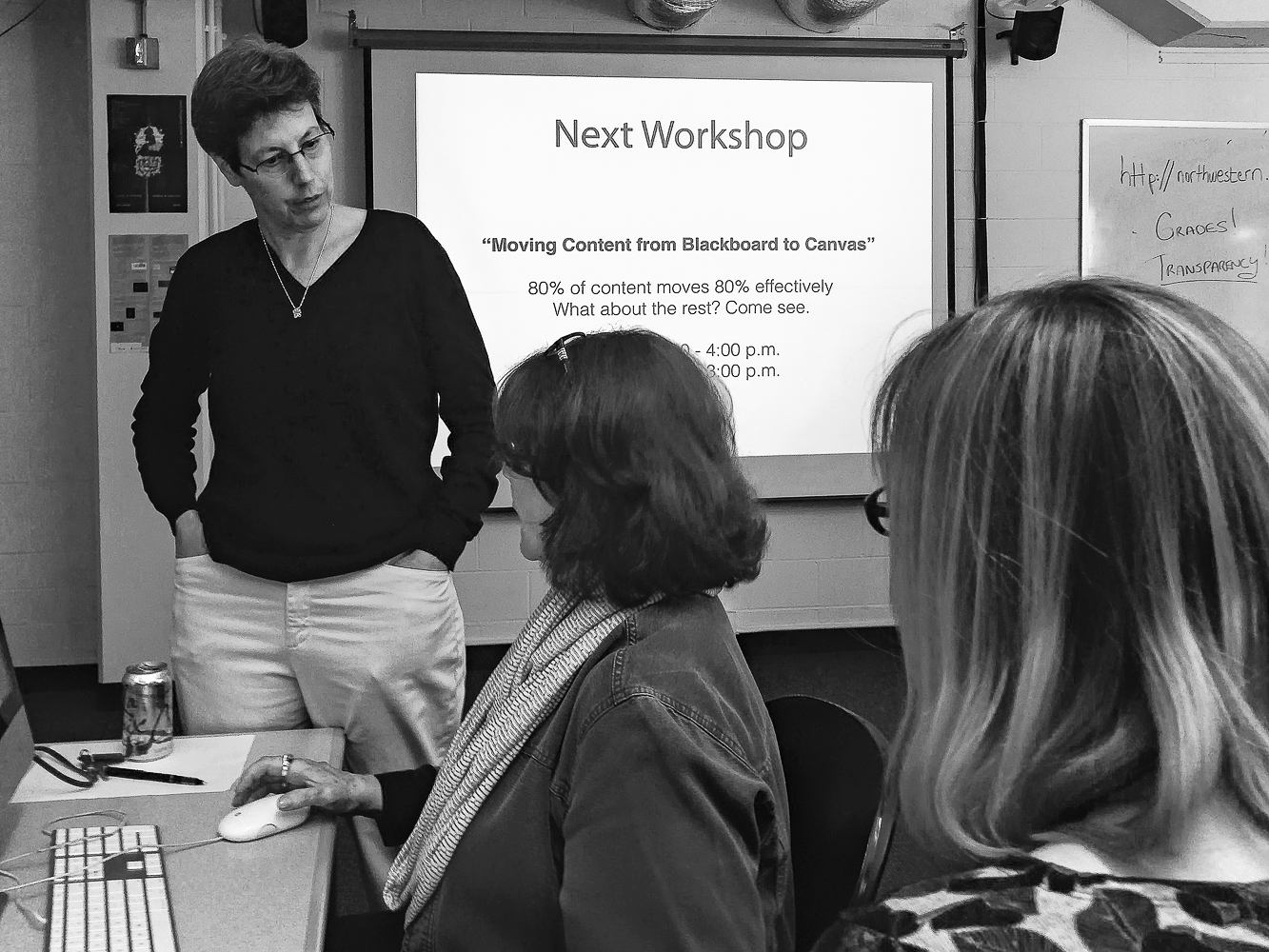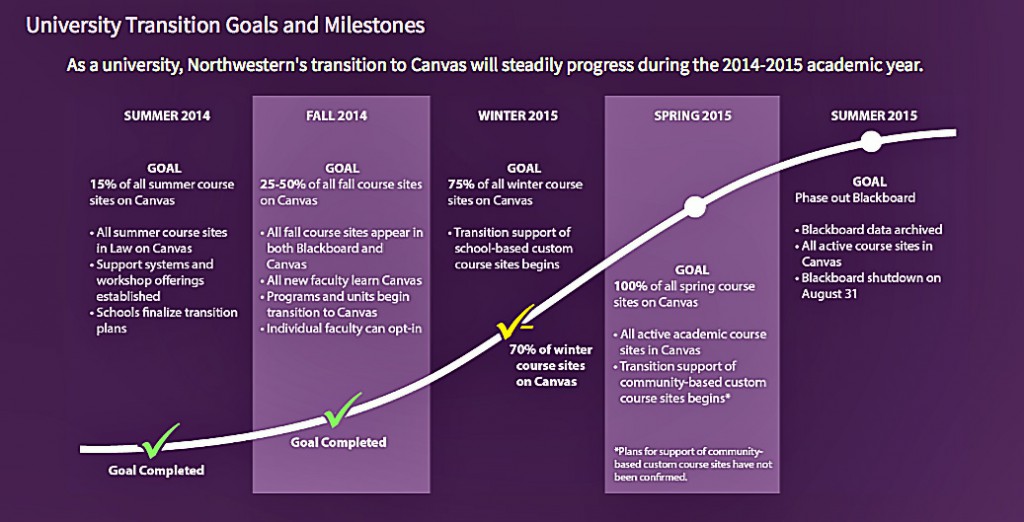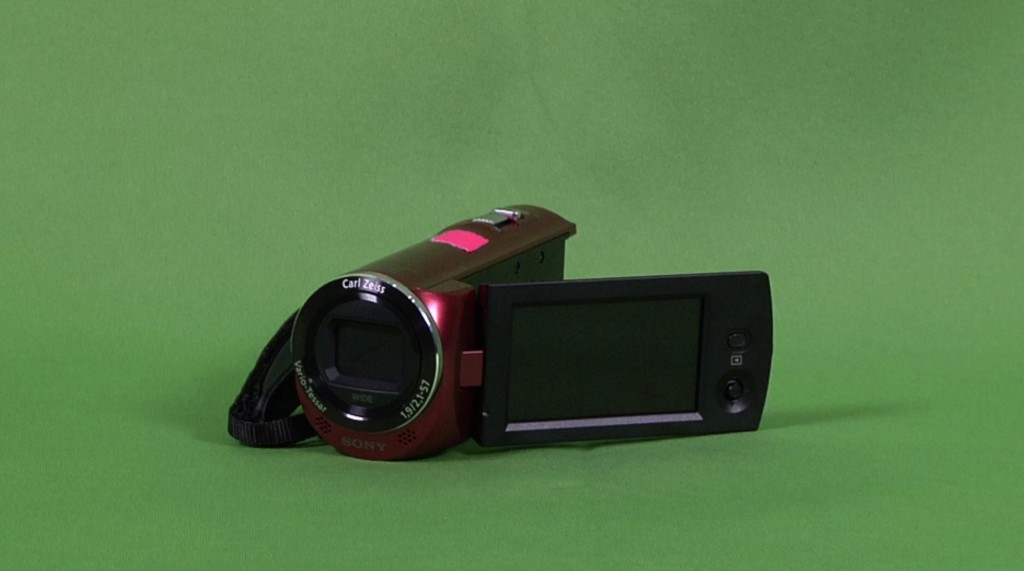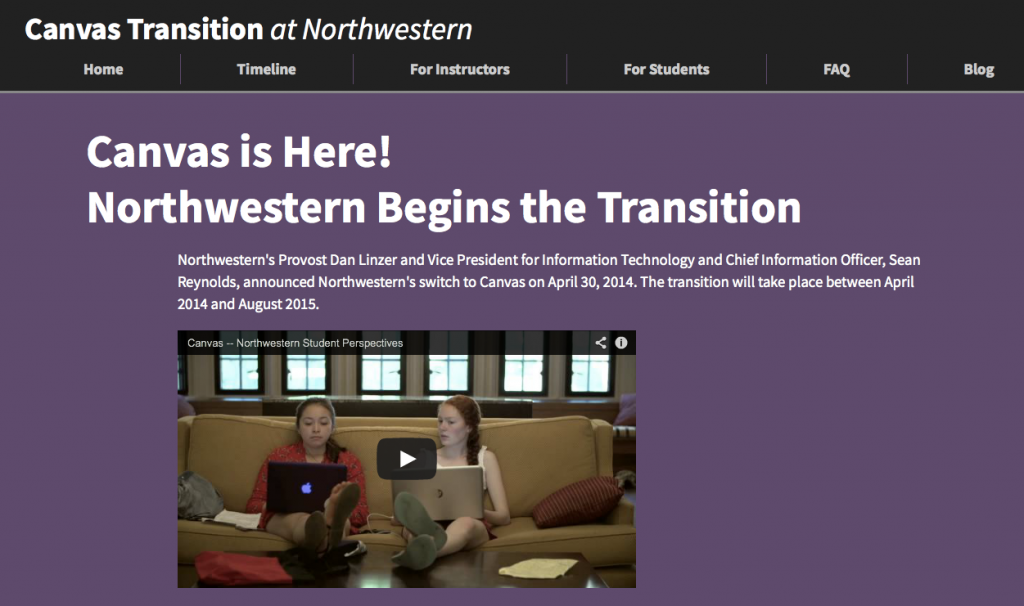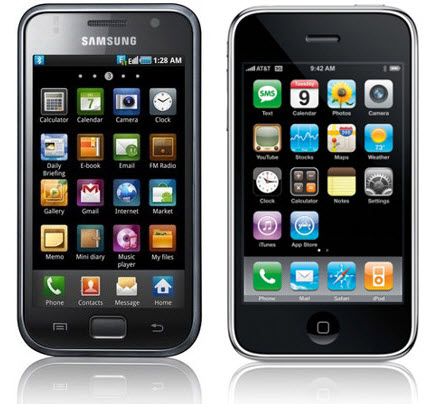So I may be a language technology nerd. But I’m not alone. Each year, some of the geekiest geeks meet at the annual conference of CALICO, the Computer Assisted Language Instruction Consortium. This year, Cecile and I attended and occasionally pushed up our glasses as they would slide down the bridges of our noses — as all nerds do — and tried to fit in.
If there was a take-away message that prevailed, it was this: the future of learning will be increasingly personalized, adaptive, and deeply aware of the learner. Just how deeply aware? Perhaps more than we think. The growing prevalence of smartphones, smart watches, and other monitoring devices combined with an emerging interest in big data and data science could spell a future where learning systems can psychologically and physiologically detect and reproduce the conditions under which individual students learn best.
The vision shared at CALICO, even if more focused on language instruction, is nonetheless a harbinger for the rest of the educational field. In a recent EDUCAUSE article written by Learning Initiative Director Malcolm Brown, “Six Trajectories for Digital Technology in Higher Education,” Brown sees the opportunity of mobile devices in a post-digital-divide era, looks forward to open educational resources and learning spaces, and eyes a future for learning analytics. The language nerds at CALICO obsess over these themes constantly as they imagine the future.
The future, it turns out, is not only talked about in abstract far-away presentations. The future is taking place here at Northwestern, too. Full Post
